The scene with window
To get the answer you need to know the Pythagorean theorem, which states that the square of the longest side of the ninety-degree triangle equals the sum of the squares of the other two sides. In this case the longest side is the one we need to find, titled x.
Using the Pythagorean theorem, the equation is 5^2 + 12^2=x^2 => 25 + 144=x^2 => 169=x^2 => x=13
The scene with window
To be able to solve this test, you need to get some parts from the box located on the right side of the bench with plants. To open the box, count the number of squares, circles and triangles. The box contains a water bottle and shears.
Squares=3, Triangles=8, and Circles=4.
The three plants - sunflower, azaleas, and yellow hibiscus - require different types of care.
Move the sunflower to the window, as it requires a lot of sun. Azaleas need some pruning as the leaves have grown too wild. Use shears on it. Yellow hibiscus requires frequent watering. After doing all of this, the plants will open and reveal numbers.
Hibiscus=2,8; Azaleas=1,3,9; Sunflower=6.
The scene with computer
This test is actually one of the lengthy and more complicated ones. However, a few minutes of web research should provide you with the knowledge you need. You need to place the animals in their natural habitat. Of course, a lot of these animals can be found in several countries. However, they are associated with one particular country more than with others. For example, a bear can be found in many northern countries, but in social media they are often associated with Russia.
The solution tells you which country is associated with which animal. However, it does not say where exactly on the map the countries are located. You're going to have to do a little bit of reserch, since we strongly believe that everyone should know where countries are located on the map.
Moose=Canada. Moose can be found in several countries but is largely present in Canada and is often referred to as a symbol animal of the country.
Coyote=USA or Mexico. This animal lives in the Northern and Central America. It is often present in the Native American folklore, therefore the correct answer would be USA or Mexico.
Harp Seal=Greenland. Harp seal lives in the Arctic waters and therefore can be associated with a list of northern countries. However, its scientific name, Pagophilus groenlandicus, translates into
"Ice-lover from Greenland", therefore the correct answer would be Greenland.
Elephant=India. Elephants can be found in Africa and Asia. However, one particular Asian country - India - often comes to mind when people think about elephants. One of the Hindu deities, Ganesha, has a head of an elephant. In addition, during the wedding ceremony grooms often arrive on elephants, which are considered sacred.
Panda=China. This one is very straightforward as it's known to be found in China.
Camargue Horse=France. Camargue is a region in France, where the horse can be found, hence the name.
Cape Mountain Zebra=South Africa. This isn't any kind of zebra. This is the kind that dwells in the Eastern and Western Cape provinces of South Africa.
Camel=Egypt. Camels' natural habitat is a desert, which happens to cover a big part of Egypt. When people think about Egypt and its pyramids, they also think about camels as the typical sightseeing of the country.
Kangaroo=Australia. I doubt there were any who did not pick Australia for this animal.
Bear=Russia. As already mentioned above, bear is often mentioned as the typical animal of Russia. In fact, it is part of one of the popular stereotypes about Russia, according to which bears can be seen on the streets of Russia.
After all the animals are placed correctly, the geography code is given.
4528
The scene with a bookshelf
To be able to solve this test you need to get the books located in the cupboard on the bottom right of the bookshelf. Click on the squares to rotate them in order to get a picture. Once the picture is completed, click on the button on the left.
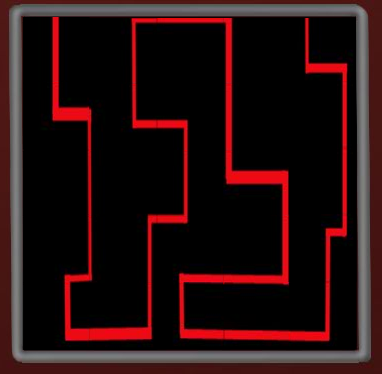
You need to place the books on the shelfs based on the first letter of the author's last name. Click on the book then on the letter on the shelf. If you did it right the name will appear on the book and a number in the white square next to it. Otherwise, you can click on the book you just placed incorrectly to get it back. There is a total of 8 books. You can see 4 at a time. Click on the red arrow to see the remaining 4. Click on the white arrow to see the left or right side of the bookshelf.
Three Comrades=R. Author: a German writer Erich Maria Remarque, who wrote several books narrating the horrors of war. His works were forbidden and burnt by the Nazis, forcing the author to leave Germany
Pride and Prejudice=A. Author: Jane Austen. Even though the novel was written in the beginning of the 19th century, its themes are still relevant today prompting numerous remakes and adaptations.
The Shining=K. Author: Stephen King. Perhaps, some of you got acquainted with the novel when the film came out in 1980 starring Jack Nicholson. The novel published in 1977 brought immediate fame to the author solidifying him as a writer of horror.
Around the World in Eighty Days=V. Author: Jules Gabriel Verne. The author who travelled a lot himself wrote numerous works of adventures introducing imaginary yet scientifically explained innovations.
War and Piece=T. Author: Leo Tolstoy. It is one of the author's most famous literature pieces. It richly depicts the lives of different members of Russian society during the war with Napoleon in the 19th century. Through the novel we can perceive Tolstoy's views favoring nonviolence and pacifism.
The Great Gatsby=F. Author: F. Scott Fitzgerald. Published in 1925 the novel initially did not have great success, but rose to fame sometime after the author's death, leaving him oblivious to his own literary success.
Don Quixote=C. Author: Miguel de Cervantes. It is a Spanish novel consisting of two volumes published in 1605 and 1615. Written as a satire, it's richly interwoven with various themes encouraging numerous interpretations.
The Catcher in the Rye=S. Author: J.D. Salinger. The book published in 1951 gained immediate success especially amongst the young readers as it depicts adolescents' alienation during their transition from childhood to young adulthood.
On the right from the exit door
The last container on the bench titled C2H6O is actually empty. You need to get the missing liquid from the safe on the right side of the bench. To open it you need to combine the colors on the top to color the white circle the same color as the circle next to them. To do so, click on a little circle at the top, selecting it, then click on a square adjacent to the circle you're trying to color. There are always two squares next to the circles meaning that you have to use two colors to achieve the color you need
Click on the small pink circle at the top (third circle from the left), then click on the left square coloring it pink. Then click on the blue circle (second from the right) and click on the top square. The last color you need to choose is yellow (the circle on the right). Color the square on the right with it. The safe will open giving you a bottle of alcohol. Pour it into the empty container on the bench.
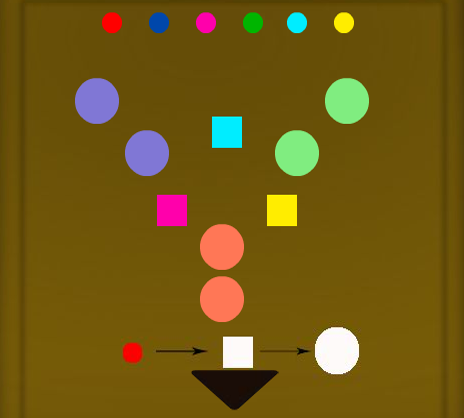
The picture above the bench shows some kind of liquid turning into something solid. In addition, the first container with water (h2o) indicates a temperature of 0 degrees, which is the freezing point of water. Hence, you need to find the freezing points of other liquids placed on the bench, or in other words the temperature at which the liquids turn solid. The freezing point is often called the melting point as well, since it is the temperature at which solid materials would begin turning into liquids.
Second container with an indicator Au is gold. Melting point is at 1064 degrees C. Third container with O2 contains oxygen with the melting point of -218.8 degrees C. Here two answers would be accepted:-218 or -219. The iron indicated by Fe and placed in the fourth container has a melting point of 1538 degrees C. The last container has ethanol or alcohol (C2H6O) with a melting point of -114.
Turn the computer on and pass a little game where you have to find several objects
Here is a simple example of how to translate binary numbers. Basically, the numbered position from right to left of each zero or one is the exponent to be used with the number two. Add up the twos to the power of the exponent if the digit is 1 and leave out the twos with the digit 0.


On the right side of the table with the computer
Get the pen in the glass box. The code is indicated on the picture behind it. Use the pen on the notebook
632
The equation you see is called a quadratic equation with the following prototype

The formula to solve it is the following
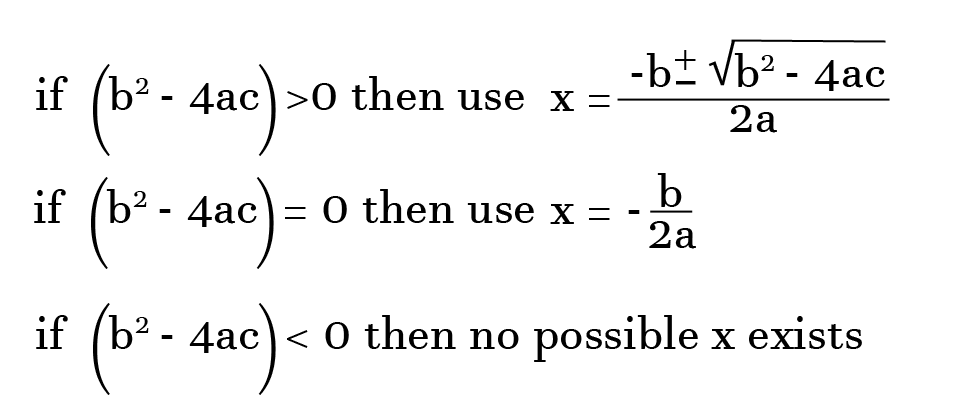
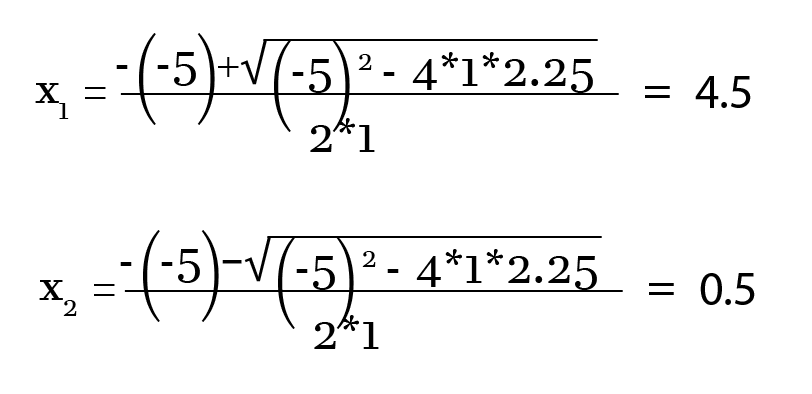
Are you using ad blocking software? Please stop being so cruel.
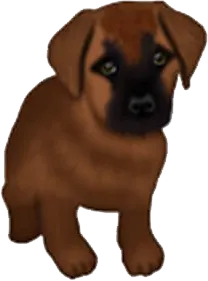
Are you using ad blocking software? Please stop being so cruel.
